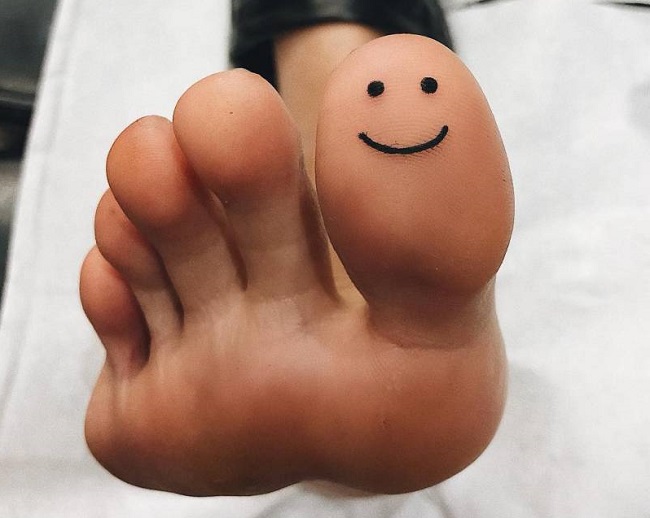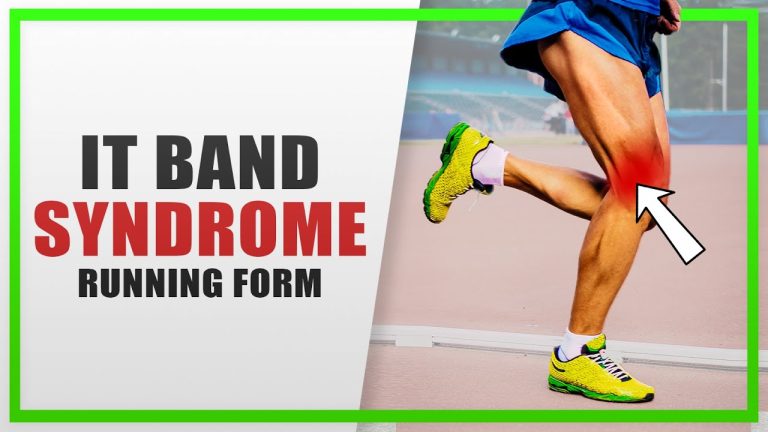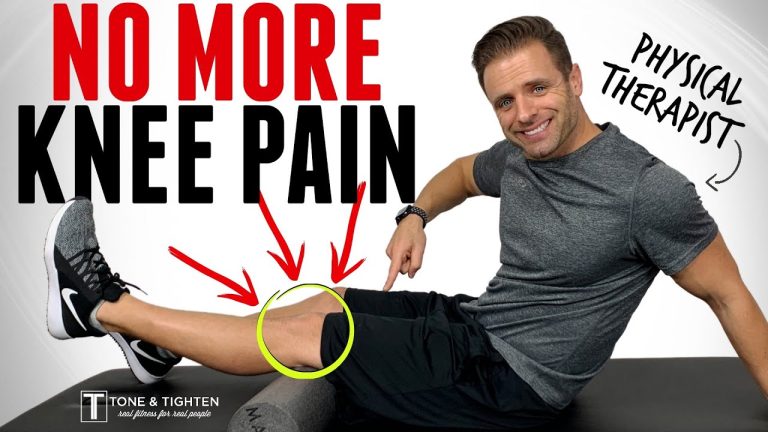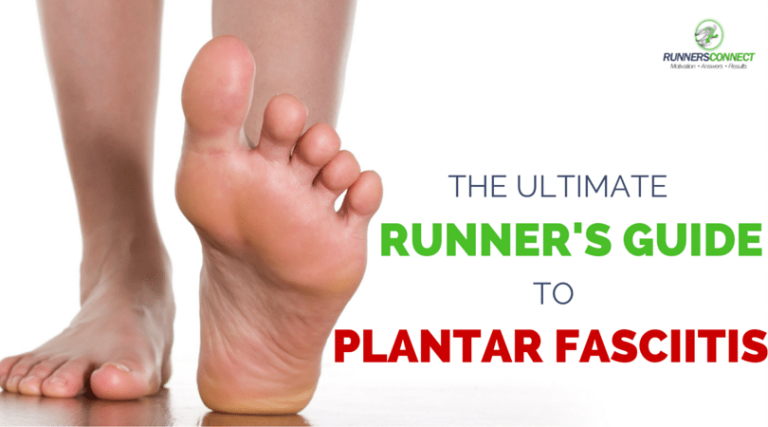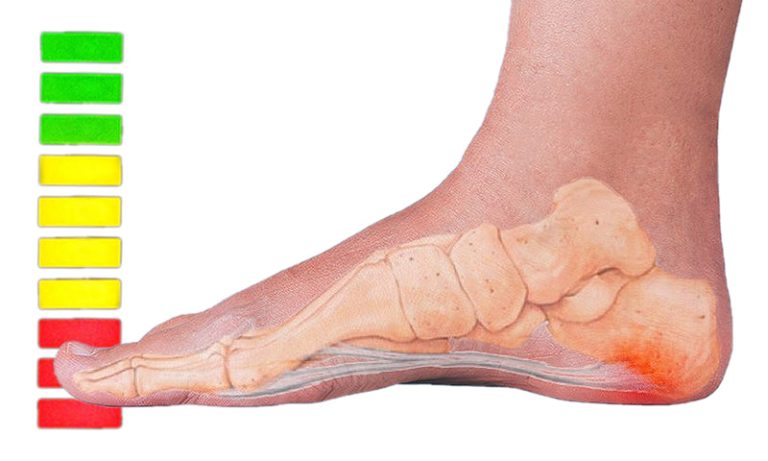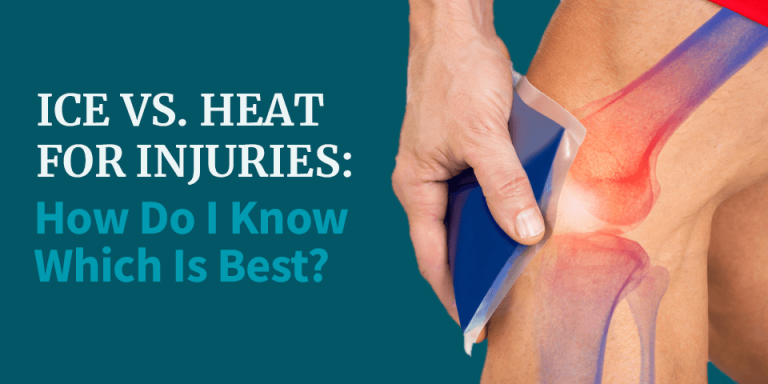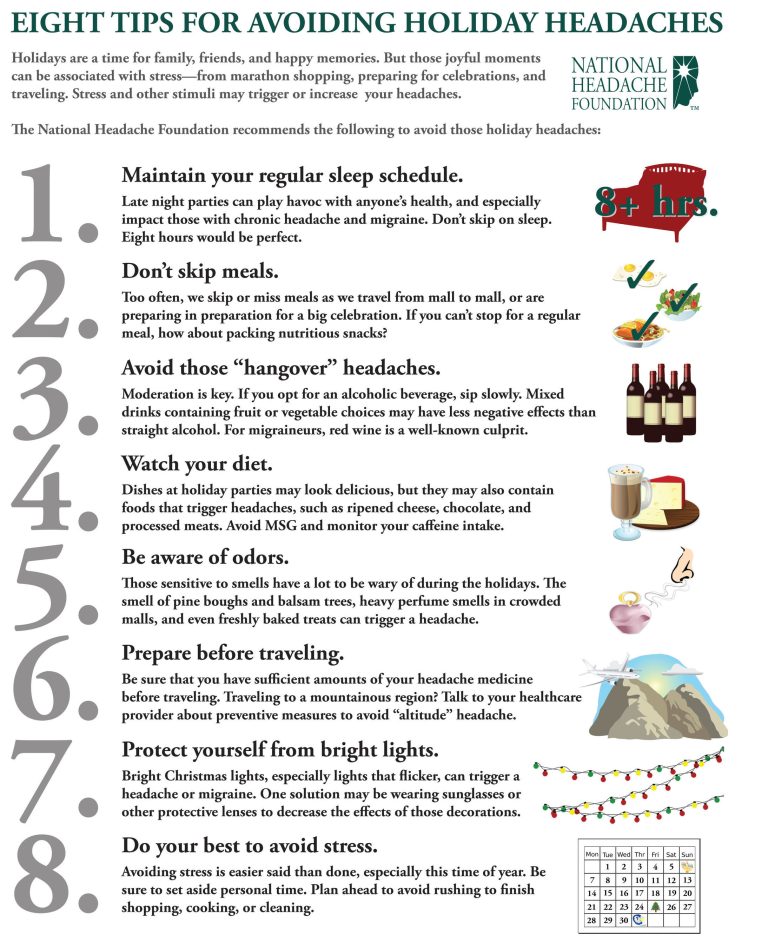Bruised Toenail: Causes, Treatment, And How to Run Again
A bruised toenail can be caused by trauma or repetitive stress, requiring proper treatment before running again. Understanding the causes, treatment options, and steps to resume running are essential for a full recovery.
When experiencing a bruised toenail, it’s crucial to identify the underlying cause to determine the most effective treatment plan. Whether it’s due to a direct injury or prolonged pressure from ill-fitting footwear, addressing the issue promptly is key. By following recommended home remedies, such as rest, ice, elevation, and proper nail care, you can aid in the healing process.
Additionally, seeking medical advice for severe cases or persistent pain is advisable to prevent further complications. With the right care and patience, you can soon lace up your running shoes again.
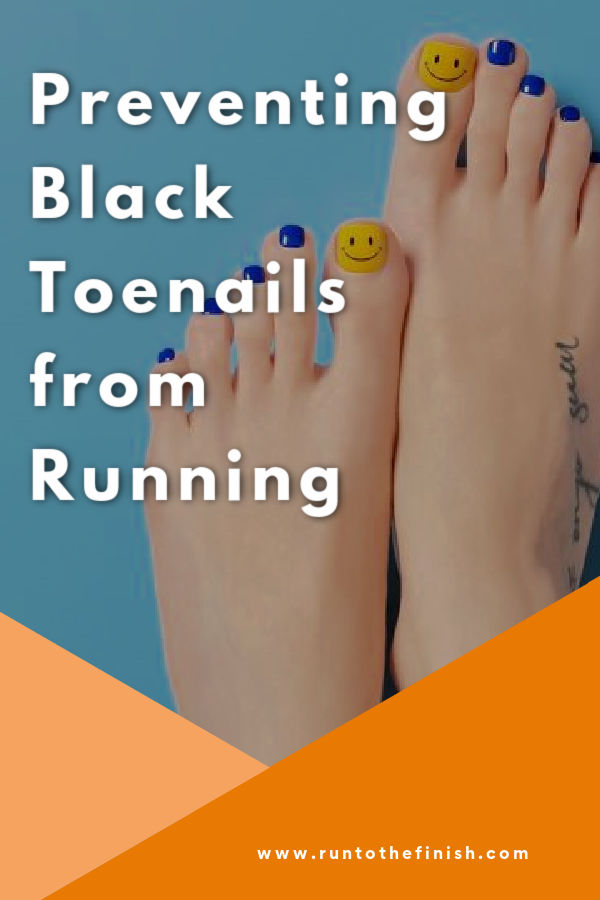
Credit: www.runtothefinish.com
Causes Of A Bruised Toenail
Bruised toenails are a common issue that can occur for various reasons. Understanding the causes of a bruised toenail is essential in determining the appropriate treatment and preventing further injury. Here, we will explore the two primary causes: injury and repeated pressure or trauma.
Injury
An injury to the toe, such as stubbing it or dropping a heavy object on it, can result in a bruised toenail. The impact can cause blood vessels beneath the toenail to rupture, leading to discoloration and pain. Additionally, participating in activities that involve sudden stops or changes in direction, such as running or playing sports, can also cause trauma to the toenail.
Repeated Pressure Or Trauma
Experiencing repeated pressure or trauma to the toe, such as from ill-fitting footwear or engaging in high-impact activities, can lead to a bruised toenail. The constant friction and pressure can result in damage to the toenail bed, leading to discoloration and discomfort.
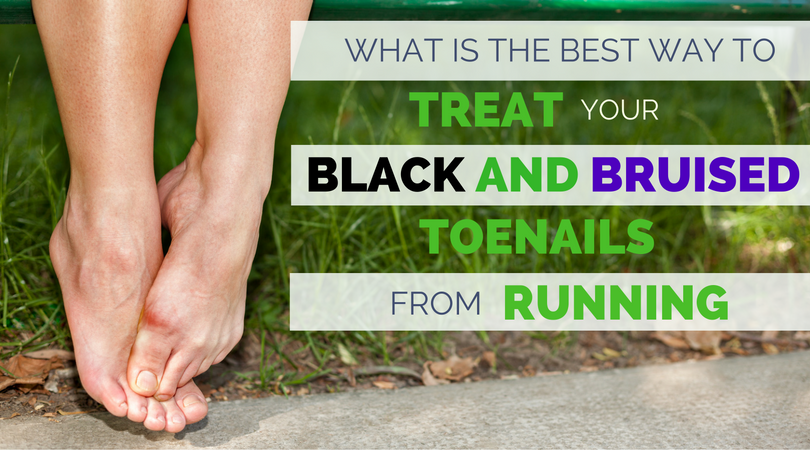
Credit: runnersconnect.net
Symptoms Of A Bruised Toenail
A bruised toenail can be quite uncomfortable, and it’s essential to recognize the symptoms to address the issue properly. Here are common signs of a bruised toenail:
Discoloration
One of the primary symptoms of a bruised toenail is discoloration, usually presenting as a dark purple or black spot under the toenail.
Pain And Tenderness
Pain and tenderness in the toenail area are common symptoms of a bruised toenail, especially when pressure is applied.
Swelling
Swelling around the toenail, often accompanied by pain and redness, is another indicative symptom of a bruised toenail.
Diagnosing A Bruised Toenail
A bruised toenail can be painful and limit your ability to run. Proper diagnosis is crucial to ensure the right treatment. Diagnosing a bruised toenail typically involves the following steps:
Physical Examination
During a physical examination, a healthcare provider will inspect the affected toenail for signs of bruising, swelling, or discoloration. They may also assess the surrounding skin for any signs of infection.
X-ray Or Imaging Tests
If the bruise is severe or there is suspicion of an underlying fracture, an X-ray or imaging test may be recommended to assess the extent of the injury and rule out any additional damage.
Treatment For A Bruised Toenail
A bruised toenail can be excruciating and debilitating, making it crucial to seek immediate treatment to alleviate the discomfort and restore normal function. Proper care is essential in ensuring the healing process is efficient and effective. Here are the key treatments for a bruised toenail:
Rest And Elevation
Resting your foot and elevating it above the heart level can help reduce swelling and promote faster healing. By minimizing weight-bearing activities, you can prevent further injury to the bruised toenail.
Ice Therapy
Utilizing ice therapy by applying a cold pack to the affected area in 15-20 minute intervals can help reduce pain and swelling. Ice works by constricting blood vessels, decreasing inflammation, and numbing the area.
Pain Relief Medication
Over-the-counter pain relief medication such as ibuprofen or acetaminophen can be used to alleviate the discomfort associated with a bruised toenail. Always follow the recommended dosage and consult with a healthcare professional if necessary.
Protective Footwear
Wearing supportive and cushioned footwear can help protect the bruised toenail from further trauma. Avoiding tight-fitting shoes and opting for footwear with ample room for toe movement is essential for the healing process.
How To Run Again After A Bruised Toenail
If you’ve recently experienced a bruised toenail, you may be wondering how to get back to running without further discomfort or injury. By taking the right precautions, you can gradually return to running, ensure you have proper footwear and padding, and incorporate strengthening exercises into your routine. Following these steps will help you get back on track and prevent future toenail injuries. Let’s dive into the details.
Gradual Return To Running
The key to running again after a bruised toenail is to take it slow and listen to your body. Pushing yourself too hard too soon can lead to more pain or even a worsening of the injury.
Start with short distances and low intensity. A brisk walk or gentle jog can be a good starting point. If there is no pain or discomfort during or after the run, gradually increase the duration and intensity of your runs.
Remember, your body needs time to heal, so don’t rush the process. Consistency is key, but so is patience.
Proper Footwear And Padding
Choosing the right footwear is crucial when it comes to preventing further injury and promoting a comfortable running experience.
Make sure your running shoes fit properly and provide enough toe room. Avoid shoes that squeeze or put pressure on your bruised toenail. Opt for shoes with a wider toe box that allow your toes to move freely.
Additionally, consider using padding to protect your bruised toenail during runs. Gel toe caps or toe sleeves can provide an extra layer of cushioning, reducing pressure and friction on the affected area.
Strengthening Exercises
When recovering from a bruised toenail, it’s important to strengthen the surrounding muscles and improve overall foot stability to reduce the risk of future injuries.
Toe scrunches and towel curls are simple yet effective exercises that can help strengthen the muscles in your toes and feet. Perform these exercises regularly to improve your foot strength and stability.
Remember to focus on form and engage the correct muscles during each exercise. Start with a few repetitions and gradually increase as your strength improves.
| Strengthening exercises for bruised toenail recovery |
|---|
| 1. Toe Scrunches |
| 2. Towel Curls |
Incorporating these exercises into your post-injury routine will help you regain strength and stability, allowing you to resume running safely.
Remember, everyone’s recovery time may vary, so listen to your body, be patient, and consult a healthcare professional if needed. With the right approach, you can lace up your running shoes and hit the pavement once again!
:max_bytes(150000):strip_icc()/black-toenailsGettyImages-1330071794-da60abe267fb4621b2553f5664c43478.jpg)
Credit: www.verywellhealth.com
Frequently Asked Questions On Bruised Toenail: Causes, Treatment, And How To Run Again
Can I Run With A Bruised Toenail?
Running with a bruised toenail can worsen the injury and delay the healing process. It is recommended to avoid running until it has fully healed.
What Are The Common Causes Of A Bruised Toenail?
Common causes of a bruised toenail include stubbing your toe, wearing ill-fitting shoes, repetitive impact activities, and fungal infections.
How Can I Treat A Bruised Toenail At Home?
To treat a bruised toenail at home, you can apply ice to reduce swelling, elevate your foot, rest, wear comfortable shoes, and keep the area clean and dry.
Conclusion
Taking care of a bruised toenail is essential for runners. By understanding the causes and implementing proper treatment, you can get back to running faster. Listen to your body, give it the rest it needs, and follow the recommended steps.
With patience and proper care, you’ll be back on track in no time.

